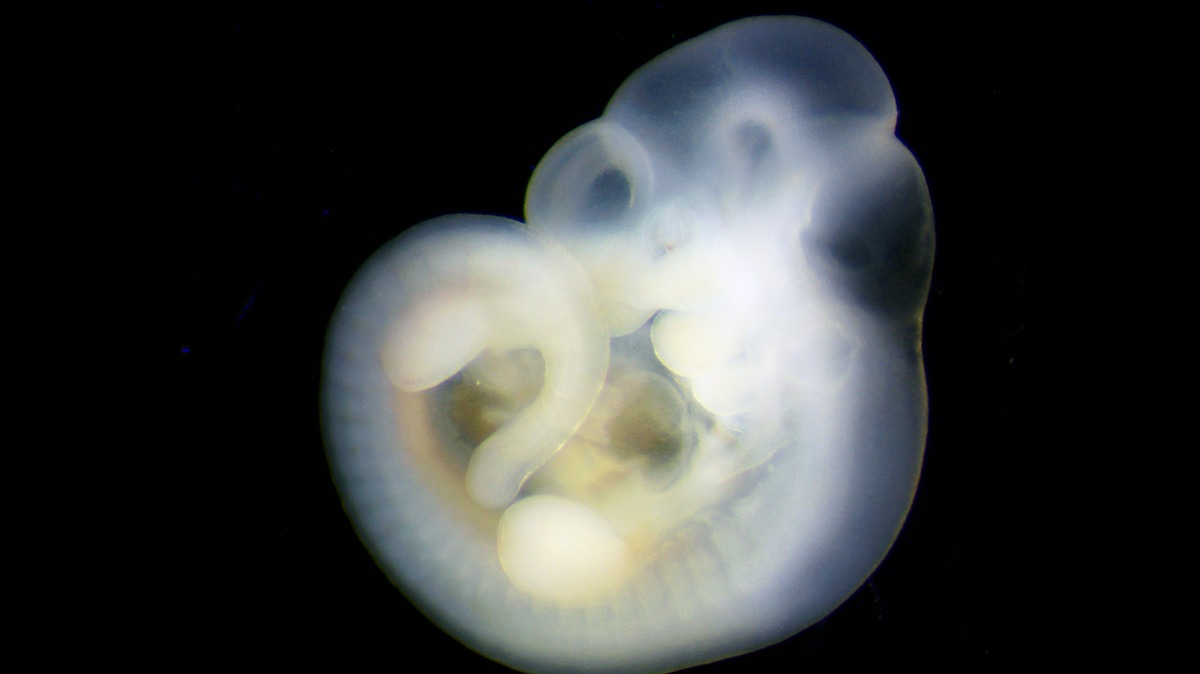Congenital heart defects affect nearly 40,000 births every year in the United States, according to the Centers for Disease Control and Prevention (CDC).
Dr. Ryan Udan, associate professor of biology at Missouri State University, leads studies in his lab to understand how blood-vessel-related birth defects form.
“We want to learn how the smooth muscle tissue grows to surround developing blood vessels,” Udan said. “Then we can examine why some blood vessels have more smooth muscle and others don’t.”
His lab’s vascular research could help explain how the cardiovascular system forms during embryonic development.
Udan recently received an AREA grant of more than $400,000 from the National Heart, Lung and Blood Institute to aid in the efforts.
Looking between the layers
Examining mice and zebrafish embryos allows Udan’s lab to learn how blood vessel tissue develops in embryo.
Layers of the smooth muscle tissue surround and attach to developing blood vessels.
“I think of it like a paper towel roll, with the inner lining of a vessel like the roll and the layers of the smooth muscle tissue like paper towels around it,” Udan said.
Udan’s lab investigates how the developing blood vessels send signals into the surrounding embryo to bring in the cells that make up these smooth muscle tissue layers.
“The signals are chemical in nature, like an opened bottle of perfume one could smell around to find even if they couldn’t see it,” Udan said. “The smooth muscle tissue cells sense the chemical and move to the growing vessel.”
Once the smooth muscle tissue surrounds the vessels, the tissue can then regulate blood pressure and blood flow in the body and prevent the blood vessel from tearing.
When tissue layers don’t receive the signals, issues can arise.
Results that could lead to repairs
One type of blood vessel-related birth defect is a congenital aneurysm.
Children born with the condition have weakened blood vessel tissue and can develop thinner smooth muscle tissue layers.
Udan’s lab could provide the understanding of these issues that future scientists and physicians will need to reach a cure.
“If we can learn why these issues happen and also know how a normal blood vessel forms, we might be able to use that information to repair blood vessels in the future,” Udan said.
Genetic engineering and bioengineering methods are also possible options worth exploring.
“Though cures like these may be far away, science always builds off of previous discoveries,” Udan said. “Through a collective approach, we may eventually reach a potential treatment.”
About the AREA grant
Udan’s lab will receive funding from the grant over a three-year period.
The AREA grant serves to enhance the research capabilities of primarily undergraduate institutions.
It also provides undergraduate and graduate students with opportunities to train in a research environment.

